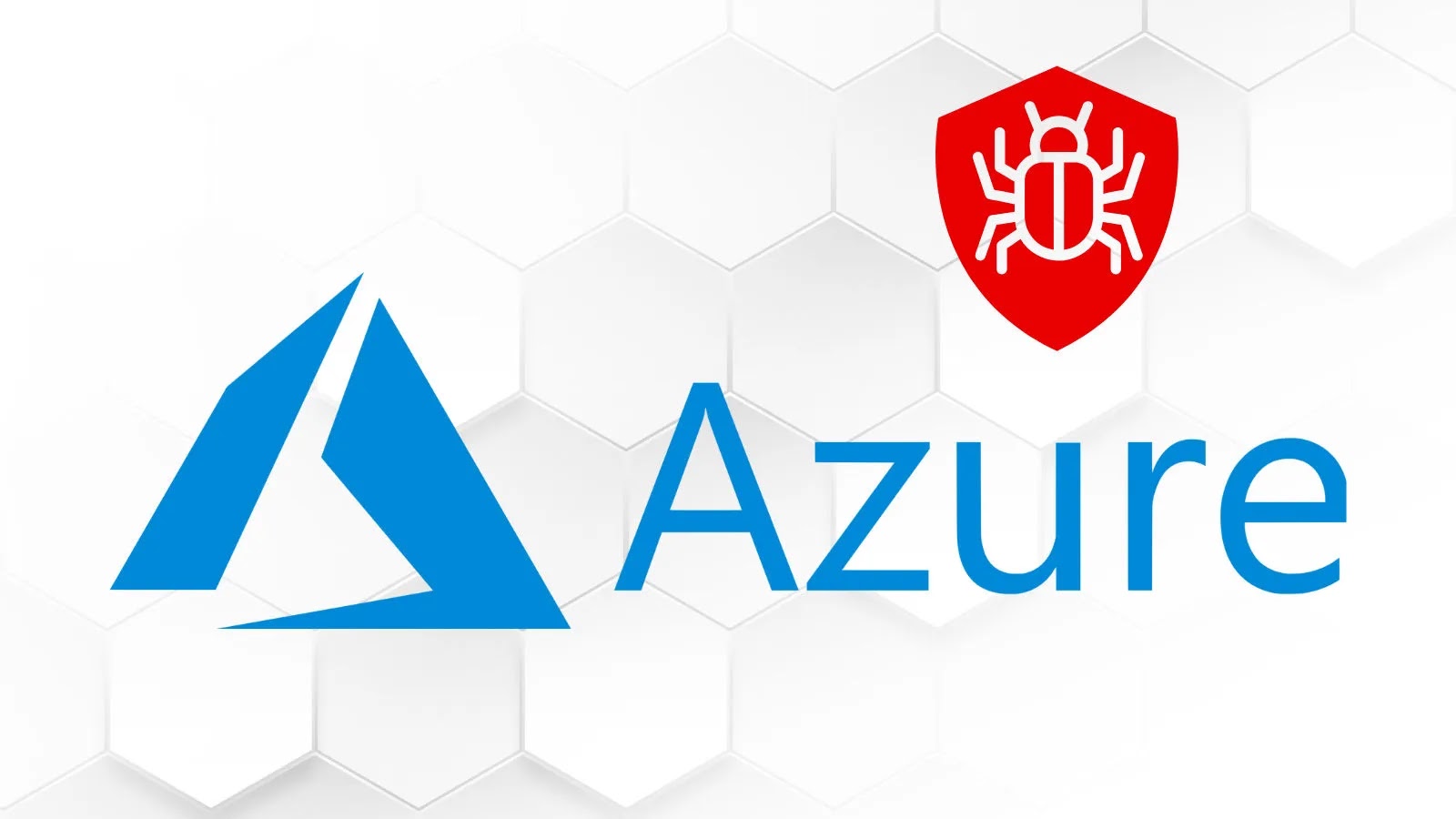On April 8, 2025, Microsoft disclosed a critical security flaw in its Windows Remote Desktop Services, identified as CVE-2025-27480. This vulnerability allows unauthorized attackers to execute arbitrary code remotely on affected systems without requiring user authentication, posing a significant threat to system confidentiality, integrity, and availability.
Understanding CVE-2025-27480
CVE-2025-27480 is classified as a Use After Free vulnerability within the Remote Desktop Gateway Service. It has been assigned a Common Vulnerability Scoring System (CVSS) score of 8.1, indicating its high severity. The flaw arises from improper memory management, where the service incorrectly handles objects in memory, leading to a use-after-free condition. This scenario occurs when:
1. The service allocates memory for an object.
2. The memory is subsequently freed.
3. The service later references the freed memory.
An attacker can exploit this sequence by connecting to a system configured with the Remote Desktop Gateway role, triggering a race condition that creates the use-after-free scenario, and then leveraging this to execute arbitrary code. Notably, the attack does not require any user interaction or privileges, although its high complexity makes successful exploitation less likely without advanced technical skills.
Affected Systems
The vulnerability impacts multiple versions of Windows Server, including:
– Windows Server 2016
– Windows Server 2019
– Windows Server 2022
– Windows Server 2025
Microsoft has released patches for these versions as part of its April 2025 security updates. Users are strongly advised to apply these updates immediately to mitigate potential risks.
Related Vulnerability: CVE-2025-27487
In addition to CVE-2025-27480, Microsoft disclosed another vulnerability, CVE-2025-27487, affecting the Remote Desktop Client. This heap-based buffer overflow vulnerability carries a CVSS score of 8.0 and could enable attackers controlling a malicious RDP server to execute code on a client machine when a user connects to it. Unlike CVE-2025-27480, this vulnerability requires user interaction and low privileges, meaning exploitation would only occur if a user actively connects to a compromised server.
Mitigation and Recommendations
To protect systems from these vulnerabilities, organizations should:
1. Apply Security Updates: Install the latest patches provided by Microsoft for all affected systems.
2. Limit RDP Exposure: Implement network segmentation to restrict Remote Desktop Protocol (RDP) access to trusted networks only.
3. Enable Network Level Authentication (NLA): This adds an extra layer of security by requiring users to authenticate before establishing an RDP session.
4. Monitor for Suspicious Activity: Regularly review logs and network traffic for signs of unauthorized access or unusual behavior.
By promptly addressing these vulnerabilities and adhering to best practices for remote access, organizations can significantly reduce the risk of exploitation and enhance their overall cybersecurity posture.



